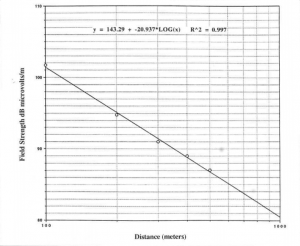(Austin et al 2014) made measurements of feed point impedance of a small transmitting loop using a calibrated transformer, and discussed the loss mechanisms. They also extrapolated their measured data to a larger conductor.
This article is an update of my article of 05/02/2015 which contained some errors as a result of my incorrect interpretation of the legend in Austin’s Fig3. This article is a rework to correct that error and those that flowed from it, my apologies to the original authors and readers… Owen.
Let me focus on their measurements, the loop was:
- a 1m diameter circular loop of 6.3mm copper;
- tuned with a low loss tuning capacitor (ATC chip capacitor);
- at heights of 3m and 6m above ground;
- from 3.3 – 12.8MHz.
They did not report the capacitor loss, but gave some likely range from manufacturer’s data.
They used ground parameters G-0.007, εr=17 at 7MHz for their NEC models..

Above is a reconstruction of the measured data from their Fig 3. They measured Rin to their matching transformer and used calculated inductance (relying on the calibrated matching transformer) to calculate Q at each measurement frequency. Continue reading Review of Austin et al paper “Loss mechanisms in the electrically small loop antenna”
Last update: 14th November, 2015, 7:46 AM





